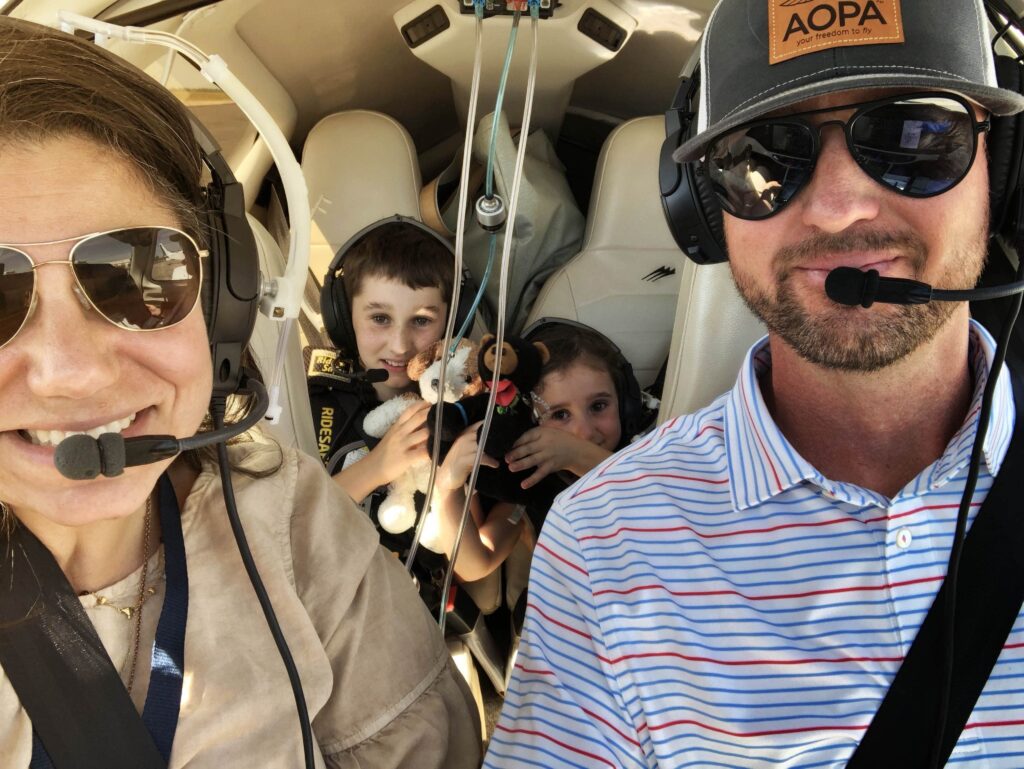When you’re in the market for an aircraft, particularly as a time builder, it’s essential to approach this decision with a clear, strategic mindset. This guide aims to walk you through the critical considerations, ensuring that your investment not only serves your immediate needs but also positions you for long-term success and satisfaction.

Clearly Define Your Mission
Before anything else, pinpoint exactly what you need from your aircraft. Are you looking to log hours for professional advancement, or is it more about leisurely trips with family and friends? Maybe it’s a mix of both, from short hops to local airports to ambitious cross-country adventures. Your mission will directly influence the type of aircraft that’s right for you.
Finding Your Budget
Budgeting for an aircraft goes beyond the upfront cost. It’s a holistic view that includes maintenance, insurance, and potential resale value. A well-maintained aircraft often retains its value, so consider this when crunching numbers. Remember, the cheapest option upfront might not be the most economical in the long run.
Insurance Matters
Navigating the world of aviation insurance can be complex. Find an insurance agent who specializes in aviation, someone who speaks your language and understands your specific needs. This partnership can be a game-changer in finding the right coverage for your aircraft.
Engage with Your CFI
Your Certified Flight Instructor is more than just a teacher; they’re a valuable resource in your journey to aircraft ownership. They understand your flying style and needs and can provide insights into what aircraft would best suit your mission. Their expertise can be invaluable in making an informed decision.
The Story in the Logbooks
An aircraft’s logbooks are akin to its autobiography. These records reveal the maintenance history, repairs, and overall health of the plane. Dive into these logbooks to understand the aircraft’s past, which is crucial in predicting its future performance and reliability.

See It to Believe It
Use online images, video tours or even go view your new aircraft before purchasing. You need to feel comfortable in the cockpit; it’s your command center. The layout, the ergonomics, and the general feel are as important as the technical specifications.
Know Your Options
It’s easy to gravitate towards familiar models like the Cessna 172, but the aviation world is rich with options. From Piper Comanche to Grumman Tigers, each aircraft brings something unique to the table. Expand your horizons and consider what each model has to offer in line with your defined mission. A few of our favorite time builders are Grumman AA1, Ercoupe, 172’s , 162’s, Sierras, and Cherokees.

Tailwheel Consideration
Tailwheel aircraft, often overlooked by modern pilots, offer a unique flying experience. Flying a Taylorcraft, Cub, or Champ can elevate your skills, making you more attuned to your aircraft. Embrace the challenge; it’s a rewarding one. Just as an older pilot, ones minted during the 60’s-80’s. They will tell you that the reason they can fly anything is because they started in a tailwheel.

The Art of Gliding
Gliding or soaring is an exceptional way to hone your piloting skills, especially in power management. It’s not just about logging hours; it’s about skill development. Plus, with its affordability and family-friendly nature, it’s a great way to share your passion for aviation. 12 year olds can officially become students, 15 year olds can solo and 16 year olds can be licensed. Gliding truly makes aviation a family activity. Find a local chapter here.
Commit to Flying
Owning an aircraft is a commitment to flying regularly. It’s about building and maintaining proficiency, not just meeting the bare minimum for being current. Schedule regular flying sessions to ensure that you’re not just a plane owner but an active, skilled pilot.
In purchasing a time builder, you’re not just buying an aircraft; you’re investing in your flying journey. By considering these points, you’re well-equipped to make a decision that aligns with your goals, budget, and passion for flying. Remember, every flight is a step towards becoming a more proficient and confident pilot. Enjoy the journey!

